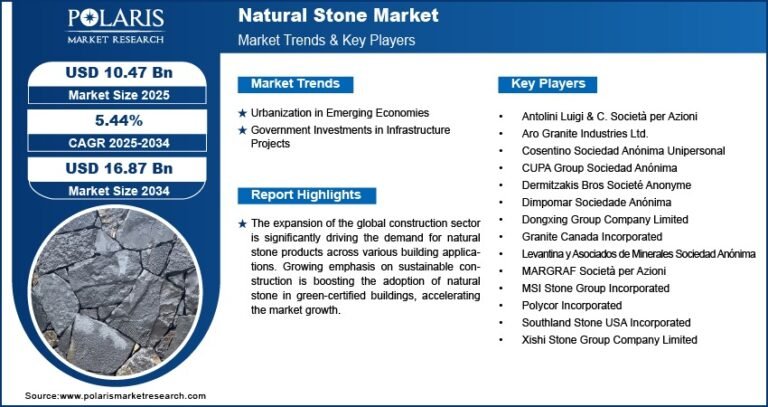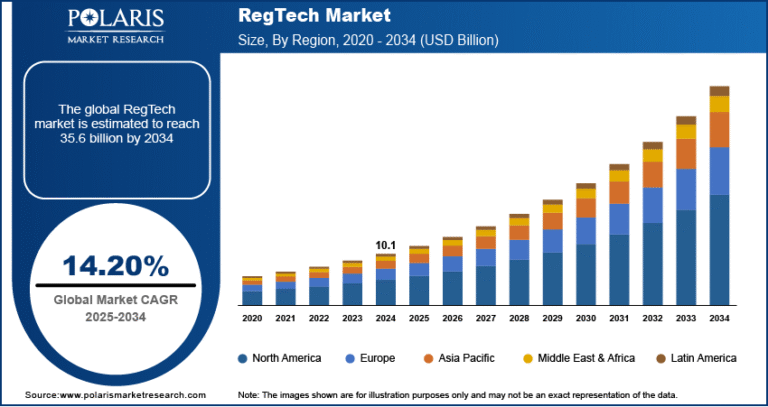Glycols Market Expected to Reach USD 89.80 Billion by 2034 | Growing at a CAGR of 6.50%

The global glycols market was valued at USD 48.16 billion in 2024 and is expected to increase from USD 50.95 billion in 2025 to USD 89.80 billion by 2034, growing at a CAGR of 6.50% during the forecast period. The market’s growth is largely fueled by the expanding packaging industry, which continues to thrive due to changing consumer behaviors and the accelerating rise of e-commerce worldwide.
Glycols Market Key Trends & Insights:
• Rising Demand in Automotive & HVAC – Glycols are essential in coolants and antifreeze products used in vehicles and air conditioning systems.
• Boom in Textile & Polyester Industries – Ethylene glycol is a key raw material in polyester fiber and resin production.
• Growth in Personal Care & Cosmetics – Propylene glycol is increasingly used in skincare and hygiene products for its moisturizing properties.
• Shift Toward Bio-based Glycols – Environmental concerns and regulations are driving the development of sustainable, bio-based alternatives.
• Expanding Pharmaceutical Applications – Used as solvents and carriers in drug formulations.
• Industrial Applications – Glycols play an important role in paints, lubricants, deicing fluids, and plasticizers.
• Fluctuating Raw Material Prices – Volatility in crude oil impacts glycol pricing, as many are petroleum-derived.
Market Size & Forecast:
· Market size value in 2025 – USD 50.95 billion
· Revenue forecast in 2034 – USD 89.80 billion
· CAGR – 6.50% from 2025 – 2034
𝐆𝐞𝐭 𝐄𝐱𝐜𝐥𝐮𝐬𝐢𝐯𝐞 𝐒𝐚𝐦𝐩𝐥𝐞 𝐏𝐚𝐠𝐞𝐬 𝐨𝐟 𝐓𝐡𝐢𝐬 𝐑𝐞𝐩𝐨𝐫𝐭:
https://www.polarismarketresearch.com/industry-analysis/glycols-market/request-for-sample
Glycols Market Overview:
The glycols market is experiencing steady growth, driven by its wide-ranging applications across industries such as automotive, textiles, construction, pharmaceuticals, and personal care. Ethylene glycol and propylene glycol are the most commonly used types, serving as key ingredients in antifreeze, polyester fibers, solvents, and skincare products. The increasing demand for polyester in packaging and textiles, along with the growing use of glycols in coolants and heat transfer fluids, is contributing to market expansion.
In addition to industrial uses, glycols are also gaining traction in pharmaceutical formulations and cosmetic products due to their moisturizing and stabilizing properties. Rising environmental concerns and stricter regulations are encouraging manufacturers to explore bio-based glycol alternatives, supporting the shift toward sustainable production. With rapid industrialization in emerging economies and technological advancements in chemical processing, the global glycols market is poised for continued development in the coming years.






